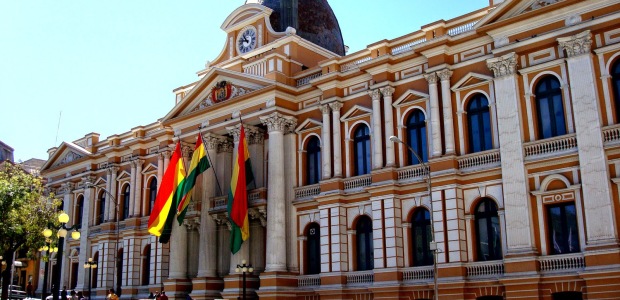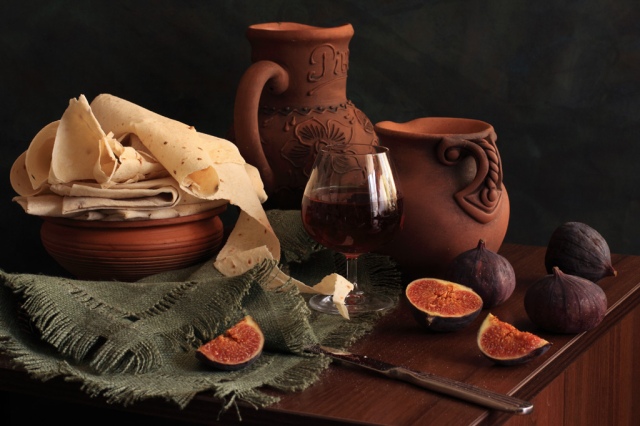Hi everyone,
A quick update on what I’ve been up to. Lately I’ve been wondering about improving the overall experience of this blog. Specifically when it comes to usability, readability, speed and design. In order to make the content more appealing, easy to use and (most of all) improve navigation, I need to move this blog to a private hosting. Let me explain…
I’ve noticed that my readers often only read the latest posts while the older posts rarely get any traffic (aside from a few popular once). They quickly get forgotten and burred under a pile of new posts on the front page. But rarely people navigate to the rest of the pages in order to dig through buried treasures of knowledge so to speak. In order to be able to present the content in a more appealing manner, I need to install plugins, change the design and even do some coding. But all of this is not permissible within the standard wordpress guidelines. There is a limit to what users are able to customize on a free wordpress.com blog. Therefore I need a self-hosted website with a personal domain over which I will have all control. So I’ve been pondering this for a while now, and finally decided to go ahead and move the blog to a self hosted domain. As it happens to be www.peopleofar.com was still available. With such a highly sought after domain name, it surely is nothing short of a miracle. 😉 No…, but all kidding aside, migrating to a new hosting provider comes with its own set of drawbacks. For example the impending loss of subscribers, regular visitors and the loss of the ever growing traffic that PeopleOfAr is blessed with. But all is not lost, as with a few precautionary steps it is possible to transfer all the subscribers and the traffic to a new self hosted WordPress.org website with little to no trouble at all. All links will still be operational and all posts will be accessible. If you’re also interesting in migrating your wordpress blog and would like more details, leave a comment and I’ll help you set it up.
So without further ado I am happy to announce that I have set up a new website at www.peopleofar.com with improved navigation, design and most of all, I have all the freedom in the world to tweak and mold the website into a better platform for all readers. The new website is not yet perfect as some issues still need attention, but I am determined to improve on all of it over time. I am determined to improve the overall quality, quantity, and usability of PeopleOfAr. Of course all the suggestions are more than welcome. If you find bugs, or something bothering you, or any other suggestions feel free to contact me by leaving a comment or sending a personal email to peopleofar@hotmail.com. All the help is appreciated.
Thanks to everyone who has been visiting and enjoying this blog so far. I find a lot of motivation and encouragement from all subscribers, visitors, and everyone else who appreciates the pursuit of truth, knowledge and academic integrity! PeopleOfAr is set to grow and improve in 2015, so make sure to visit the new website and subscribe (in the right column) if you haven’t already. If you are already subscribed to this blog your subscription will be automatically transferred to the new site.
Thank you all, and see you all soon on the OTHER SIDE!


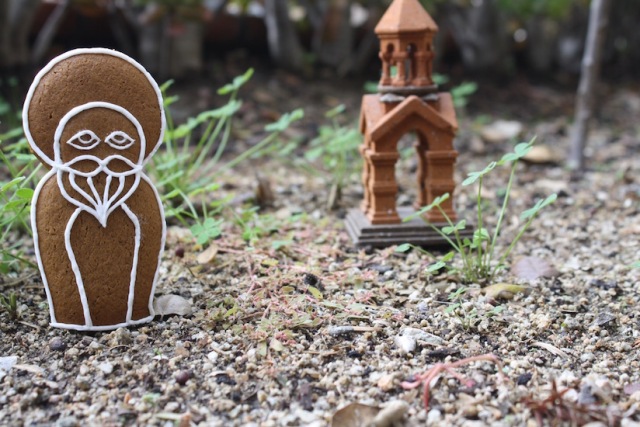

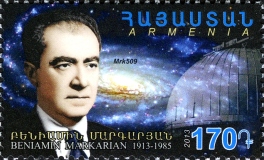


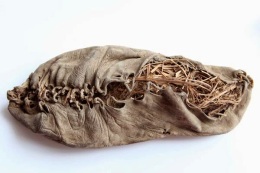
 Sky Observatory – 7,500 years old
Sky Observatory – 7,500 years old
 Human Brain – 6,000 years old
Human Brain – 6,000 years old


